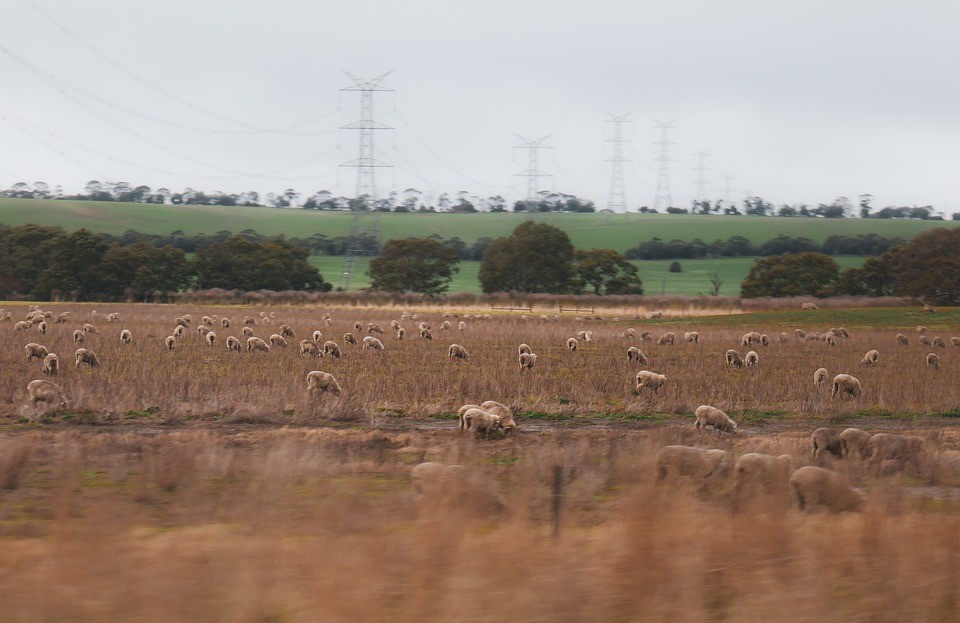
Issue
Climate change impacts on a grazing system
In Riverina, dryland salinity occurred due to land clearing associated with grazing. This was a problem linked to overgrazing, but it also increased vulnerability to climate change impacts. Climate change has resulted in changes in rainfall patterns as well as droughts. In addition, areas of floodplain woodland are now shifted to chenopod shrubland, and such areas are no longer used for grazing or cultivation. In response to these conditions, the challenge was to convert the existing grazing system into a sustainable and resilient one.
Solution / Lesson learned
Development of a resilient sheep grazing system
In response, a more resilient grazing system composed of moderate grazing and holistic land management and revegetation was implemented in Riverina. And it is reported that this approach helps to make the grazing field more nature friendly. What was unique about Riverina was that adaptation measures were co-created and designed by the government and pastoralists. Graziers, government agency staff, researchers, and extension officers participated in policy development. Based on stakeholder discussions, the goal of adaptation was defined as sustainable, drought-resistant grazing systems for lamb & wool production. The co-creation of the adaptation measures allowed grazers to incorporate their local knowledge and provide grazers with the opportunity to learn from their own local knowledge and to share their own knowledge with grazers. It is important to note that the co-creation of the adaptation measures allowed to incorporate grazer’s local knowledge into the plan and have grazers take ownership in this transformation.
Related Information
FAO. (2022). Forest-based adaptation: transformational adaptation through forests and trees
KEYWORDS
- # Case Study
- # Europe
- # Australia
- # Adaptation Action/Implementation
- # Adaptation Business
- # Adaptation Planning/Policy
- # Education/Awareness/Information
- # Locally-led Adaptation
- # Nature-based Solutions
- # Participatory Approach
- # Research/Innovation
- # Agriculture
- # Biodiversity/Ecosystem
- # Human Health
- # Water Environment/Water Resources